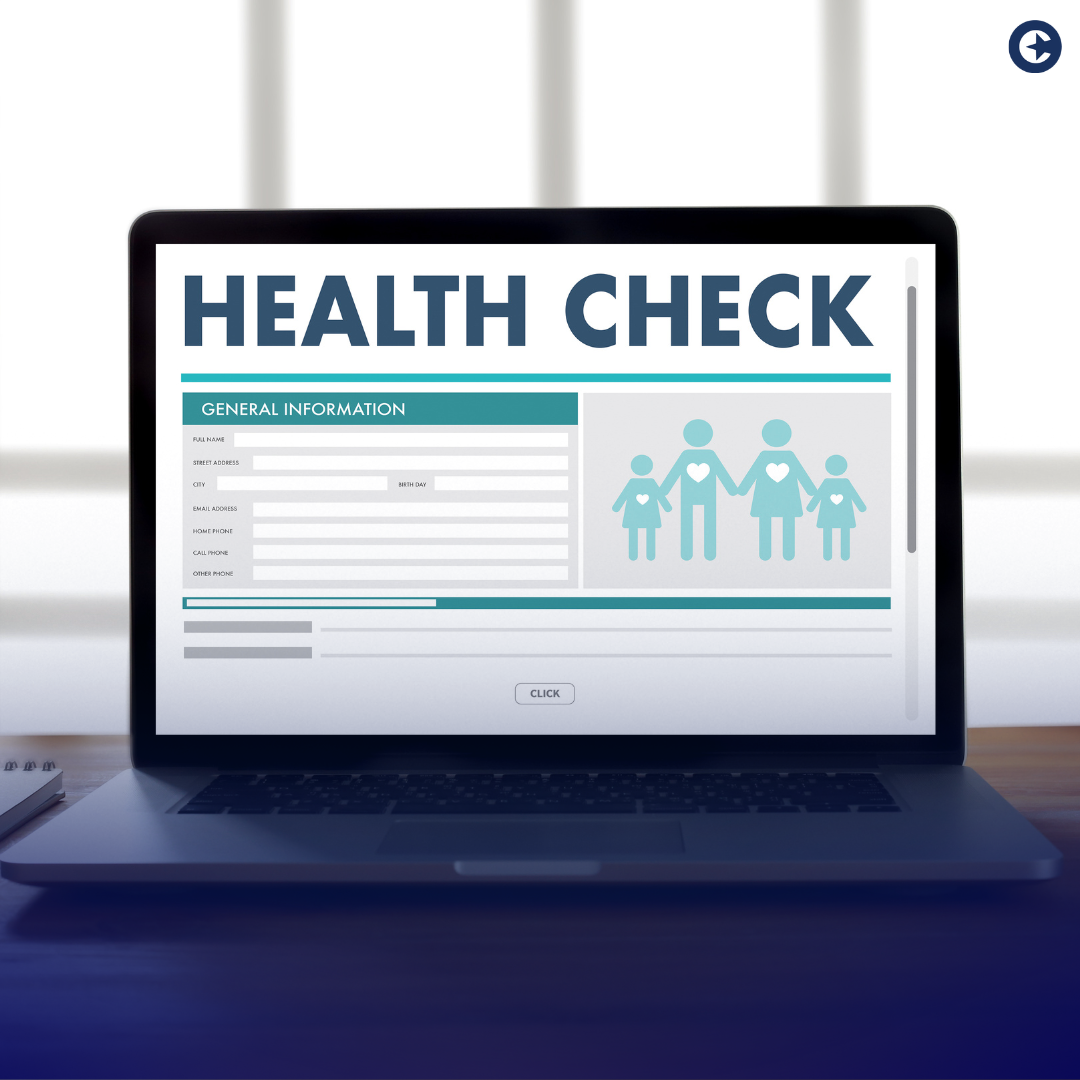When it comes to life insurance, one of the most critical factors that insurers consider is the applicant’s health status, particularly the presence of any preexisting conditions. Preexisting conditions are health issues that an individual has been diagnosed with or treated for before applying for life insurance. Understanding how these conditions impact life insurance is essential for anyone seeking coverage, as well as for HR professionals and insurance advisors guiding their clients.
The Impact of Preexisting Conditions on Life Insurance
1. Eligibility for Coverage
- Challenges in Obtaining Coverage: Individuals with serious preexisting conditions may find it more challenging to get approved for a standard life insurance policy. Conditions like heart disease, diabetes, or cancer can significantly impact an insurer’s decision.
- Specialized Policies: Some insurance companies offer specialized policies for people with specific conditions, although these might come with higher premiums or limited benefits.
2. Premium Rates
- Higher Premiums: Generally, life insurance premiums are higher for individuals with preexisting conditions. Insurers view these applicants as higher risk, which translates into higher cost for insurance coverage.
- Risk Assessment: Insurers use a process called underwriting to assess an applicant’s risk. This process involves evaluating medical history, the severity, and control of the condition, along with other factors like age and lifestyle.
3. Coverage Terms and Exclusions
- Policy Exclusions: Some life insurance policies may have exclusions related to preexisting conditions. For instance, a policy might not cover death related to a specific condition within a certain period after the policy starts.
- Waiting Periods: Certain policies may include a waiting period before full coverage becomes effective, especially if the insured has significant health issues.
4. Types of Policies
- Guaranteed Issue Life Insurance: This type of policy doesn’t require a medical exam but usually has higher premiums and lower benefit amounts. It’s often an option for those who can’t get standard life insurance due to severe preexisting conditions.
- Term vs. Whole Life Insurance: The type of life insurance (term or whole) also plays a role. Whole life insurance, for example, might be more challenging to obtain and more expensive for those with preexisting conditions compared to term life insurance.
Controversial Aspects and Ethical Considerations

The relationship between preexisting conditions and life insurance is a topic of ongoing debate. Critics argue that individuals with preexisting conditions are unfairly penalized, facing high premiums or denial of coverage. This debate touches on larger issues of insurance accessibility and the balance between risk management for insurance companies and fair access to coverage for individuals.
Navigating Life Insurance with Preexisting Conditions
For those with preexisting conditions, there are strategies to improve the chances of obtaining life insurance:
- Consult with Insurance Professionals: Working with an experienced agent or broker who understands the complexities of preexisting conditions can be beneficial.
- Manage Health Actively: Demonstrating control over a condition, such as maintaining a healthy lifestyle or following medical advice, can positively influence insurance assessments.
- Shop Around: It’s crucial to compare different policies and insurers as some companies are more lenient or specialized in handling certain conditions.
Conclusion
Preexisting conditions undeniably play a significant role in the life insurance landscape. While they can complicate the process of obtaining and affording coverage, understanding these challenges is the first step in navigating them successfully. Both potential policyholders and those advising them should be aware of the intricacies involved and seek tailored solutions that meet their specific needs.
For more follow us on Instagram, Facebook, Twitter, & LinkedIn.


